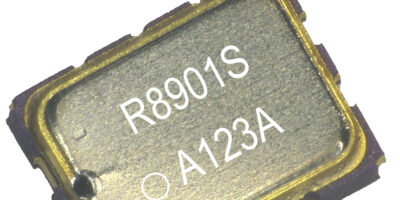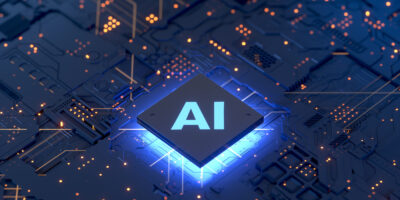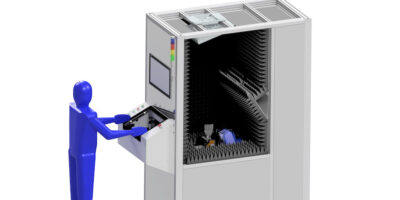Compact real time clock (RTC) modules from Seiko Epson have current consumption that is reduced by 30 per cent compared to earlier modules from the company. They also have an increased number of events – 32 – that can be recorded by the time stamp function.
The RX8901CE and RX4901CE RTC modules for industrial applications feature a built-in digital temperature compensated crystal oscillator (DTCXO). Package dimensions are 3.2 x 2.5 x 1.0mm (max) which makes them the smallest RTC modules from the company.
The RX8901CE supports an I2C-bus interface and the RX4901CE supports an SPI-bus interface. They are designed for timekeeping in electronic systems which need a small form factor and low current consumption, for example, IoT devices, click-charge systems, security equipment, industrial systems.
Accurate tracking of time and date information is also needed in equipment that is installed in vehicles, outdoors, and other environments where systems are exposed to ambient temperature extremes. In addition, there is greater need for security to prevent information leaks caused by unauthorised product modification and tampering. Intrusions must be detected at all times despite the device’s low current consumption, advises Seiko Epson, which has increased demand for devices that consume less current and remain frequency-stable over a wider operating temperature range.
The RX8901CE and RX4901CE consume 0.24 microA (typical), which is 30 per cent less than the 0.35 microA (typical) consumed by the RX8804CE (an earlier equivalent Epson RTC module).
The number of time stamp records that can be kept has expanded from one to a maximum of 32. Epson also added an SPI-Bus interface, offered alongside the original I2C-Bus interface.
Epson individually adjusts and guarantees the timekeeping accuracy of modules at the factory. This renders adjustment of timekeeping accuracy unnecessary and helps to increase design efficiency and quality.
The RX8901CE and RX4901CE RTC modules are sampling now and are intended for use in smart meters and security equipment, as well as in factory automation equipment and other small electronic products.







